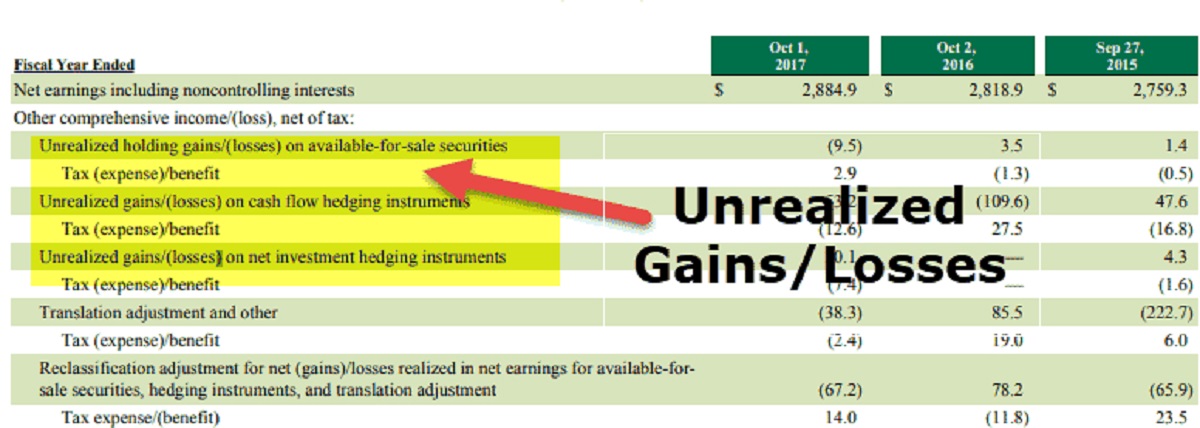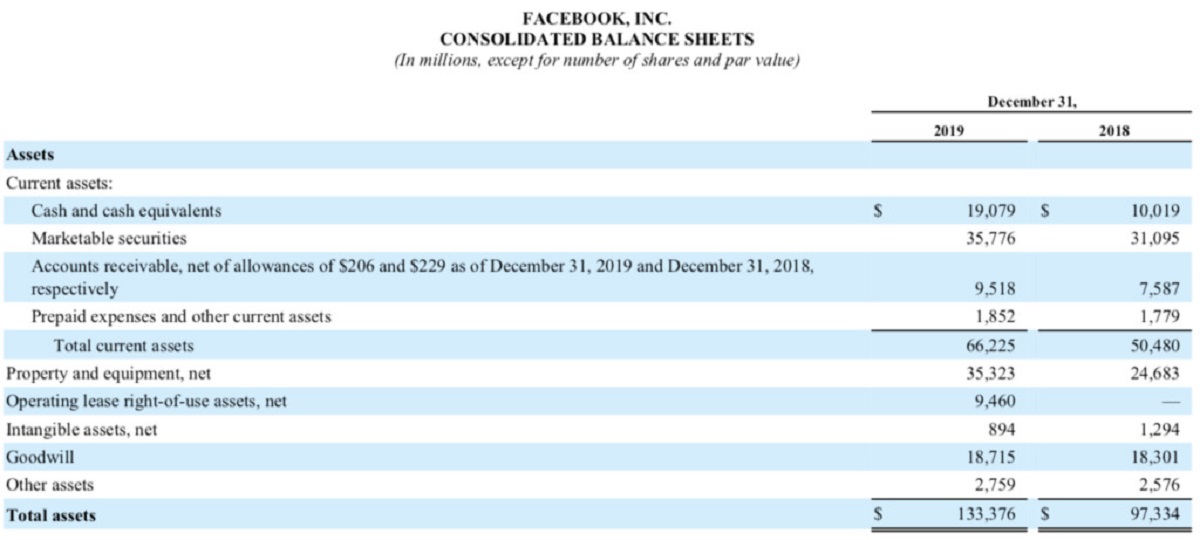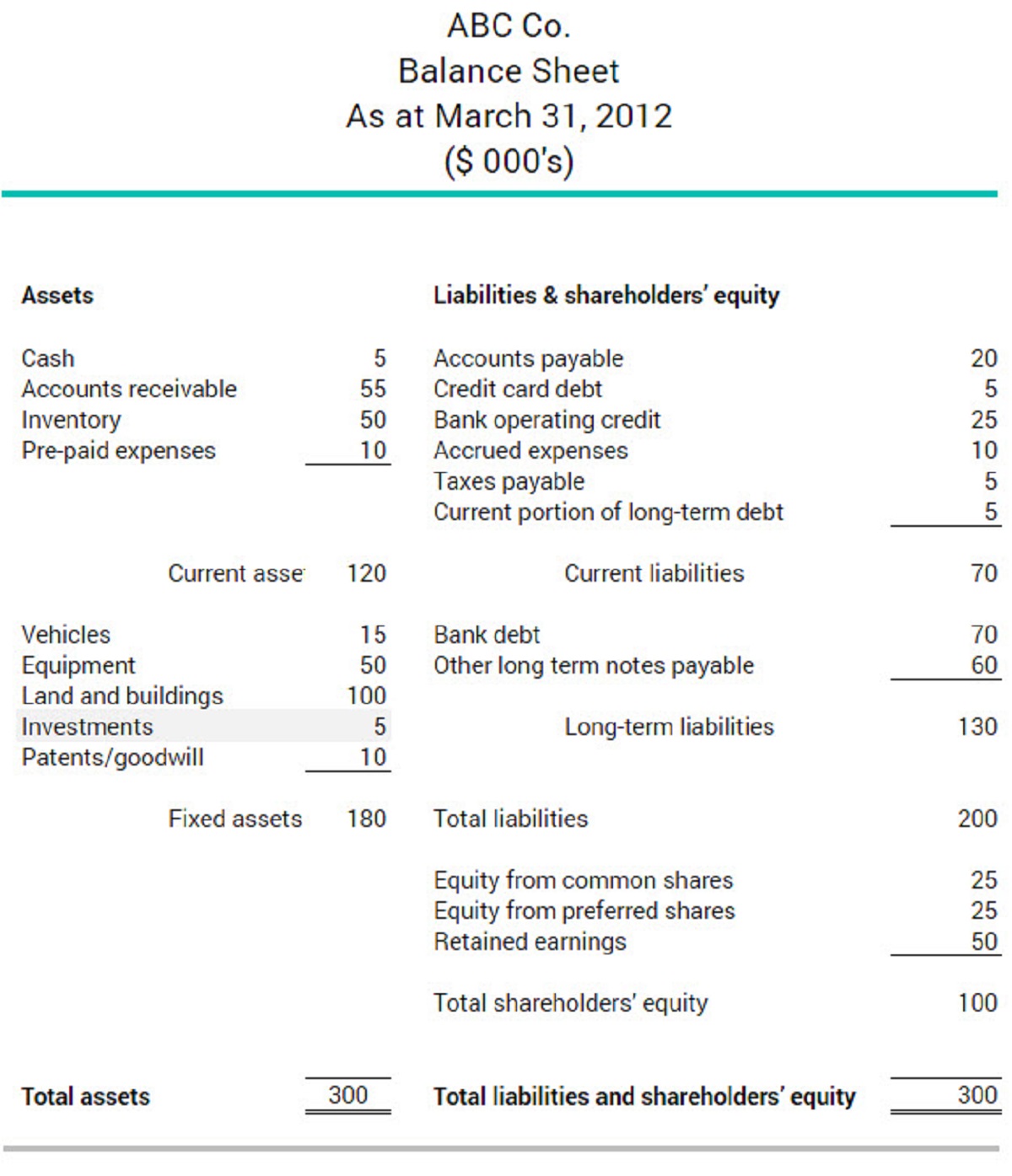Introduction
Investing in various financial instruments, such as stocks, bonds, and mutual funds, can offer individuals the opportunity to grow their wealth over time. As these investments fluctuate in value, investors may experience both realized and unrealized gains. While realized gains are the profits obtained from selling an investment, unrealized gains represent the increase in value of an investment that has not yet been sold.
Understanding and recording unrealized gains is essential for investors to accurately assess the performance of their portfolio and make informed financial decisions. By tracking these gains, investors can effectively evaluate the growth potential and profitability of their investments.
Recording unrealized gains also provides a clearer picture of an individual’s overall financial position. It allows investors to monitor the performance of their investments and determine whether adjustments need to be made within their portfolio.
This article will explore what unrealized gains are, why they are important to record, when to record them, and how to calculate and record them properly for investments. By following these guidelines and best practices, individuals can ensure accurate financial reporting and make strategic investment decisions based on reliable data.
What is an Unrealized Gain?
An unrealized gain refers to the increase in the value of an investment that has not yet been sold. It represents the potential profit or increase in the investment’s worth if it were to be sold at the current market price.
Unrealized gains can occur in various types of investments, including stocks, bonds, mutual funds, real estate, and other financial assets. These gains are considered “unrealized” because they have not been converted into cash or realized through the sale of the investment.
When the value of an investment rises above its initial purchase price or book value, it becomes an unrealized gain. This increase in value can be influenced by factors such as market fluctuations, economic conditions, industry trends, and company performance.
It is important to note that unrealized gains are not permanent or guaranteed profits. They are subject to change as market conditions fluctuate. The value of an investment can rise or fall over time, and investors may experience unrealized losses if the value decreases below the purchase price.
While unrealized gains are not immediately tangible, they still hold value to investors. As the value of an investment increases, so does the potential for future realized gains when the investment is eventually sold.
Investors can track unrealized gains as part of their overall investment portfolio performance. By monitoring these gains, individuals can gain valuable insights into the growth potential and profitability of their investments.
Why is it Important to Record Unrealized Gains?
Recording unrealized gains is crucial for several reasons. It provides investors with valuable insights into the performance and growth of their investment portfolio. Here are some key reasons why it is important to record unrealized gains:
Evaluation of Investment Performance: Tracking unrealized gains allows investors to evaluate the performance of their investments. By comparing the unrealized gains across different holdings, investors can identify which investments are performing well and which are underperforming. This information enables them to make informed decisions about portfolio management and potential adjustments.
Accurate Financial Reporting: Recording unrealized gains is essential for accurate financial reporting. It helps investors maintain transparent and reliable records of their investment activities. Additionally, if investors are reporting their financial position to regulatory bodies or tax authorities, including unrealized gains in their financial statements ensures compliance with reporting requirements.
Strategic Decision-Making: By tracking and recording unrealized gains, investors can make more informed and strategic decisions about their investments. For example, if an investment has experienced significant unrealized gains, it may be an opportune time to sell and lock in the profits. On the other hand, if an investment has unrealized losses, investors can evaluate whether to continue holding the investment or consider selling to minimize potential losses.
Portfolio Diversification: Monitoring unrealized gains helps investors assess the diversification of their portfolio. By understanding the distribution of unrealized gains across different assets and asset classes, investors can identify any imbalances or concentration risks. This information allows them to take appropriate steps to diversify their portfolio and spread the risk across various investments.
Future Planning and Goal Setting: The recording of unrealized gains provides investors with a clearer picture of their overall financial position. By monitoring and analyzing these gains, investors can set realistic goals, plan for future financial milestones, and potentially adjust their investment strategy accordingly.
Tracking and Maximizing Returns: Unrealized gains serve as a measure of the return potential of an investment. By recording and monitoring these gains, investors can evaluate the effectiveness of their investment decisions and identify opportunities for maximizing returns. This information helps investors make more informed choices about buying, selling, or holding investments.
Overall, recording and tracking unrealized gains plays a vital role in effective investment management, accurate financial reporting, and informed decision-making. It provides investors with valuable insights into the performance, growth potential, and risk exposure of their investment portfolio.
When Should Unrealized Gains be Recorded?
Unrealized gains should be recorded at regular intervals to ensure accurate and up-to-date financial reporting. Here are some key points to consider regarding when to record unrealized gains:
End of Reporting Periods: Unrealized gains are typically recorded at the end of each reporting period, such as quarterly or annually. This allows investors to track the performance of their investments over a specific timeframe and provides a comprehensive view of their portfolio’s unrealized gains.
Materiality Threshold: Some investors may choose to set a materiality threshold to determine when to record unrealized gains. This threshold refers to the minimum level of gain that is considered significant enough to warrant recording. For example, an investor may decide to only record unrealized gains that exceed a certain percentage or dollar amount of the investment’s initial cost.
Change in Investment Value: Recording of unrealized gains can also be triggered by a significant change in the value of an investment. If the value of an investment experiences a substantial increase or decrease, investors may choose to record the corresponding unrealized gain or loss. This helps maintain accurate records and reflects the changing financial position of the investment.
Sale or Disposal of Investments: Unrealized gains should be recorded when an investment is sold or disposed of. At the time of sale, the unrealized gain is realized and becomes a realized gain or loss. Recording the unrealized gain prior to the sale ensures accurate tracking of the investment’s performance and facilitates proper reporting.
Changes in Accounting Standards or Regulations: It is important to stay informed about any changes in accounting standards or regulations that may impact the recording of unrealized gains. Regulatory bodies may provide specific guidelines or requirements on when and how unrealized gains should be recorded. Adhering to these standards ensures compliance and consistent reporting practices.
Investor’s Preference: Ultimately, the decision of when to record unrealized gains can vary based on an investor’s preference, investment strategy, and specific circumstances. Some investors may choose to record unrealized gains more frequently to closely monitor the performance of their investments. Others may opt for less frequent recording, such as on an annual basis.
Regardless of the timing, it is important to maintain consistency in the recording of unrealized gains to ensure accurate and reliable financial reporting.
How to Calculate Unrealized Gains on Investments
Calculating unrealized gains on investments involves determining the increase in value of an investment since its initial purchase. This can be done using the following steps:
- Determine Initial Investment Cost: Begin by identifying the initial cost or purchase price of the investment. This can include the price paid for the investment itself, as well as any transaction fees or commissions associated with the purchase.
- Obtain Current Market Value: Determine the current market value of the investment. This can be found by checking the current market price of the investment, either through financial websites, brokerage platforms, or other reliable sources.
- Calculate Unrealized Gain: To calculate the unrealized gain, subtract the initial investment cost from the current market value of the investment. The formula is: Unrealized Gain = Current Market Value – Initial Investment Cost.
- Express Gain as a Percentage: Optionally, you can express the unrealized gain as a percentage by dividing the unrealized gain by the initial investment cost and then multiplying by 100. The formula is: Unrealized Gain Percentage = (Unrealized Gain / Initial Investment Cost) * 100.
It is important to note that calculating unrealized gains provides an estimate of the investment’s growth in value, but these gains are not realized until the investment is sold. Market conditions can change, and the investment’s value may fluctuate, potentially resulting in unrealized losses instead.
Additionally, when calculating unrealized gains for a portfolio with multiple investments, the same process can be applied to each individual investment. This allows for a comprehensive assessment of the unrealized gains across the entire investment portfolio.
By regularly calculating and monitoring unrealized gains, investors can gain insights into the performance and potential profitability of their investments. This information can help inform investment decisions, portfolio management, and overall financial planning.
Steps to Record Unrealized Gains
Recording unrealized gains on investments is essential for accurate financial reporting and investment management. Here are the steps to follow when recording unrealized gains:
- Review Investment Portfolio: Begin by reviewing your investment portfolio and identifying the investments that have experienced unrealized gains. This can be done by comparing the current value of each investment to its initial purchase price.
- Calculate Unrealized Gains: Calculate the unrealized gains for each investment by subtracting the initial purchase price from the current market value. This will give you the amount of the unrealized gain for each investment.
- Organize Records: Maintain organized records of your investment transactions, including purchase prices, dates of purchase, and current market values. This will serve as a reference for calculating and recording unrealized gains.
- Choose a Reporting Method: Decide on a method for reporting unrealized gains. This can include recording the gains on a periodic basis (such as quarterly or annually) or whenever a significant change in value occurs.
- Update Financial Statements: Incorporate the unrealized gains into your financial statements. This can be done by updating the balance sheet or investment schedule with the unrealized gain amount for each investment.
- Maintain Consistency: Consistency is crucial when recording unrealized gains. Follow the same method of calculation and reporting for each investment to ensure accurate and consistent financial reporting.
- Utilize Financial Software: Consider using financial software or investment tracking tools to streamline the process of recording unrealized gains. These tools can automatically calculate and update the gains based on the inputted data.
- Document Supporting Information: Keep a record of any supporting documentation, such as market research or valuation reports, to ensure transparency and provide evidence for the recorded unrealized gains.
- Regularly Review and Update: Continuously monitor and review your investment portfolio to identify any changes in unrealized gains. Update your records and financial statements accordingly to reflect the most current information.
By following these steps, investors can accurately record and track unrealized gains on their investments. This information enables them to have a clearer understanding of their investment performance and make well-informed decisions regarding their portfolios.
Example of Recording Unrealized Gains on Investments
To illustrate the process of recording unrealized gains, let’s consider an example:
Suppose you purchased 100 shares of XYZ Company at $50 per share, resulting in an initial investment of $5,000. A few months later, the market price of XYZ Company’s shares has increased to $60 per share.
To calculate the unrealized gain, subtract the initial investment cost from the current market value. In this case, the unrealized gain is $10 per share ($60 – $50) or $1,000 for the entire investment.
To record this unrealized gain, update your investment portfolio records with the new market value and the corresponding unrealized gain. For example:
Investment: XYZ Company
- Shares: 100
- Purchase Price: $50
- Current Market Price: $60
- Unrealized Gain: $10 per share
- Total Unrealized Gain: $1,000
By including this updated information in your investment records, you maintain an accurate record of the unrealized gain on your investment in XYZ Company.
When updating your financial statements, you would incorporate this unrealized gain under the appropriate section, such as an investment schedule or balance sheet. This ensures that the financial report reflects the increase in value of your investment.
It is important to note that unrealized gains are not realized until the investment is sold. However, recording these gains allows you to track and evaluate the performance of your investment portfolio.
Regularly reviewing and updating your investment records and financial statements helps you stay informed about the unrealized gains in your portfolio. This information enables you to make informed decisions regarding your investments and overall financial planning.
Remember, this example is for illustrative purposes and actual investment scenarios may involve more complex calculations and documentation. Consulting with a financial advisor or tax professional can provide further guidance on recording unrealized gains specific to your financial situation.
Conclusion
Recording and tracking unrealized gains on investments is crucial for investors to assess the performance, growth, and profitability of their portfolio accurately. By understanding what unrealized gains are and why they should be recorded, investors can make more informed decisions about their investments and financial planning.
Unrealized gains represent the increase in value of an investment that has not yet been sold, and they are influenced by factors such as market fluctuations, economic conditions, and company performance. By calculating unrealized gains, investors can determine the potential profits and growth of their investments.
It is important to record unrealized gains at regular intervals, such as the end of reporting periods, when there is a significant change in investment value, or when an investment is sold or disposed of. By maintaining organized records, choosing a reporting method, and updating financial statements, investors can accurately reflect the unrealized gains in their investment portfolio.
Furthermore, by following the steps to record unrealized gains, investors can ensure consistency and transparency in their financial reporting. Leveraging financial software and documenting supporting information can streamline the process and provide evidence for these recorded gains.
Ultimately, recording unrealized gains allows investors to evaluate their investment performance, make informed decisions, and plan for future financial milestones. It provides insights into the growth potential, profitability, and risk exposure of their investment portfolio.
By staying proactive in tracking and recording unrealized gains, investors can effectively manage their investments and work towards their financial goals. Regularly reviewing and updating these records ensures accurate reporting and informed decision-making in the dynamic world of investments.

























